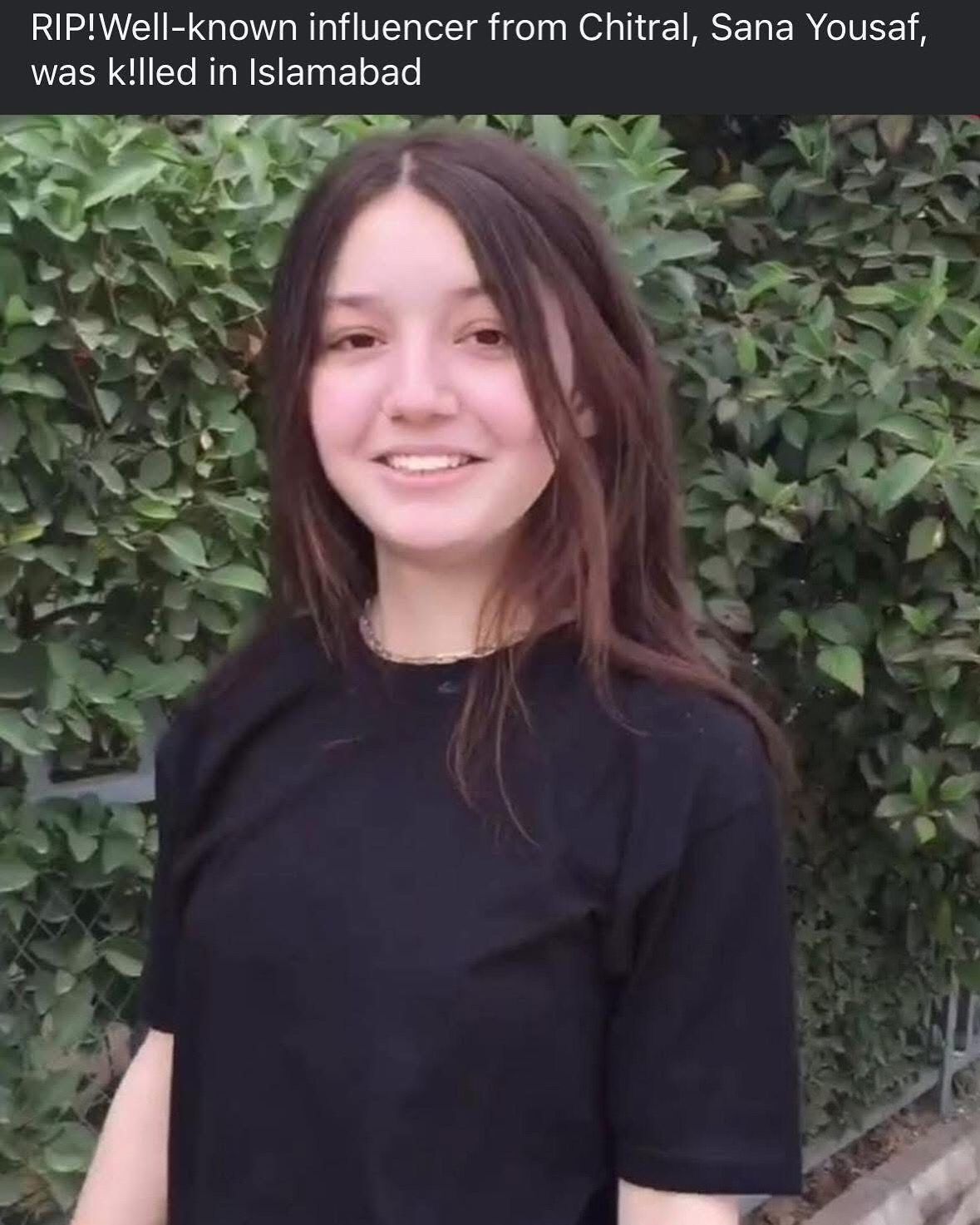Consciousness is one of the most profound and elusive phenomena in science. It is the state of being aware of and able to think about oneself and the environment. Despite millennia of philosophical inquiry and decades of scientific research, the question remains: how does the brain create consciousness? This article explores the current understanding of consciousness from the perspectives of neuroscience, cognitive psychology, and philosophy, offering insights into one of the greatest mysteries of the human mind.

What Is Consciousness?
Before exploring how consciousness arises, it’s essential to define what we mean by the term. Consciousness can be broadly categorized into two types:
- Phenomenal Consciousness: The subjective experience of being—what it feels like to see a color, hear music, or feel pain. This is often referred to as the “qualia” of experience.
- Access Consciousness: The ability to access and use information for reasoning, decision-making, and speech. It’s about what information in the brain is available for use.
These components of consciousness may overlap but involve different neural processes and systems.
The Brain and Consciousness: An Overview
Consciousness is not localized to one single part of the brain. Instead, it emerges from complex interactions among multiple brain regions. Some of the most important areas involved include:
- Cerebral Cortex: Especially the prefrontal cortex, responsible for decision-making, attention, and self-awareness.
- Thalamus: Acts as a relay station for sensory information and plays a role in regulating sleep and wakefulness.
- Posterior Hot Zone: A network in the back of the brain (including the parietal, occipital, and temporal lobes) believed to be crucial for conscious experience.
- Reticular Activating System (RAS): Located in the brainstem, it regulates arousal and alertness.
Consciousness likely emerges from the dynamic interaction of these regions, rather than from a single “consciousness center.”
Theories of Consciousness
Scientists and philosophers have proposed several theories to explain how consciousness arises from brain activity. Here are some of the most influential:
1. Global Workspace Theory (GWT)
Proposed by Bernard Baars and supported by neuroscientists like Stanislas Dehaene, this theory suggests that consciousness functions like a theater. Various unconscious processes compete for attention, and once selected, the information is broadcast to a “global workspace” in the brain, making it accessible to memory, reasoning, and language.
2. Integrated Information Theory (IIT)
Developed by Giulio Tononi, IIT posits that consciousness corresponds to the capacity of a system to integrate information. The more integrated and differentiated the information in a network, the more conscious it is. IIT also introduces a measurable value called “Phi,” which attempts to quantify consciousness.
3. Higher-Order Thought Theory (HOT)
According to HOT, consciousness arises when the brain forms a thought about a thought. In other words, a mental state becomes conscious when one is aware of having it. This theory emphasizes the role of metacognition and prefrontal brain regions.
4. Recurrent Processing Theory (RPT)
RPT suggests that consciousness depends on recurrent (feedback) activity within sensory areas of the brain, rather than requiring higher cognitive processes. This idea focuses on the localized and continuous processing of sensory inputs.
Neural Correlates of Consciousness (NCC)
Neuroscientists search for neural correlates of consciousness—the minimal set of brain mechanisms jointly sufficient for a specific conscious experience. Techniques such as fMRI, EEG, and transcranial magnetic stimulation (TMS) are used to identify these correlates.
Some key findings include:
- Visual Consciousness: Studies show that conscious perception of visual stimuli is associated with activity in the occipital and parietal cortices.
- Auditory Consciousness: Activity in the temporal lobes corresponds to auditory awareness.
- Attention and Awareness: Attention may act as a gatekeeper, influencing what enters consciousness, though some argue that consciousness and attention can be dissociated.

The Role of the Prefrontal Cortex
The prefrontal cortex (PFC) plays a crucial role in higher-order cognitive functions like planning, decision-making, and self-awareness. Many theories suggest that the PFC is integral to access consciousness. However, some research challenges this idea, noting that conscious perception can occur even when parts of the PFC are impaired.
The debate continues over whether the PFC is essential for consciousness itself or for our ability to report and reflect on conscious experiences.
Consciousness and Brain States
Different states of consciousness correspond to different patterns of brain activity:
- Wakefulness: Characterized by beta waves and widespread cortical activity.
- Sleep: Divided into REM (dream-rich) and non-REM stages, with unique brainwave patterns.
- Anesthesia: Leads to suppressed neural activity and a loss of conscious awareness.
- Coma and Vegetative State: Show minimal to no signs of consciousness, although some patients retain limited awareness.
Research into these states helps scientists understand the boundaries and requirements for consciousness.
Consciousness in Non-Human Animals
Are animals conscious? Evidence suggests that many species—including primates, dolphins, elephants, and even birds—exhibit behaviors that imply some level of awareness. The Cambridge Declaration on Consciousness (2012) asserted that many non-human animals possess the neurological substrates for consciousness.
However, assessing subjective experience in animals remains challenging due to the lack of verbal communication.
Artificial Intelligence and Machine Consciousness
Can machines become conscious? This question lies at the intersection of neuroscience, philosophy, and computer science. While AI systems like language models can simulate human-like responses, they do not possess self-awareness or subjective experience.
Some researchers argue that, if consciousness is a product of information processing, future AI could theoretically become conscious. Others contend that biological substrates may be essential, making machine consciousness fundamentally different—or even impossible.
The Hard Problem of Consciousness
Philosopher David Chalmers coined the term “the hard problem of consciousness” to describe the difficulty of explaining how and why physical processes in the brain give rise to subjective experience. While we can map brain activity and correlate it with mental states, this doesn’t explain why those processes feel like anything at all.
This problem remains unsolved and is a major philosophical and scientific challenge.
Experimental Approaches to Studying Consciousness
Modern technology has revolutionized the study of consciousness:
- Brain Imaging: fMRI and PET scans reveal which brain areas are active during conscious and unconscious states.
- Electrophysiology: EEG measures brainwave activity, helping distinguish between different states of awareness.
- Brain-Computer Interfaces (BCIs): Allow communication with patients in locked-in states by interpreting neural signals.
- Transcranial Magnetic Stimulation (TMS): Used to temporarily disrupt specific brain regions to study their role in consciousness.
Clinical Implications and Disorders of Consciousness
Understanding consciousness has significant clinical applications:
- Coma Recovery: Assessing residual consciousness in non-responsive patients.
- Anesthesia Awareness: Ensuring patients remain unconscious during surgery.
- Neurodegenerative Diseases: Conditions like Alzheimer’s impact conscious awareness and memory.
- Mental Health: Disorders like schizophrenia and dissociation may involve altered states of consciousness.
Advances in neuroscience could lead to better diagnostics, treatments, and ethical frameworks for patient care.
The Future of Consciousness Research
The study of consciousness is rapidly evolving, with several promising directions:
- Mapping the Connectome: Understanding how brain networks interact to produce consciousness.
- Quantifying Consciousness: Developing objective measures, like Tononi’s Phi, to assess awareness.
- Cross-Disciplinary Integration: Combining insights from neuroscience, psychology, AI, and philosophy.
- Ethical AI: As AI advances, ensuring that machines with potential consciousness are treated ethically.

Conclusion: Peering Into the Mind’s Mirror
How does the brain create consciousness? While we have made significant progress in understanding the neural and cognitive processes involved, the full answer remains out of reach. Consciousness is not located in a single region of the brain but arises from complex, dynamic interactions across multiple networks.
Theories like Global Workspace and Integrated Information provide valuable frameworks, and technologies like fMRI and EEG continue to uncover neural correlates of awareness. Yet, the “hard problem”—explaining the subjective quality of experience—persists.
As science advances, we may eventually unlock the secrets of consciousness, gaining not only knowledge about the brain but also profound insights into the nature of self, awareness, and what it means to be human.
Read more:https://nfds.xyz/wp-admin/post.php?post=51&action=edit



